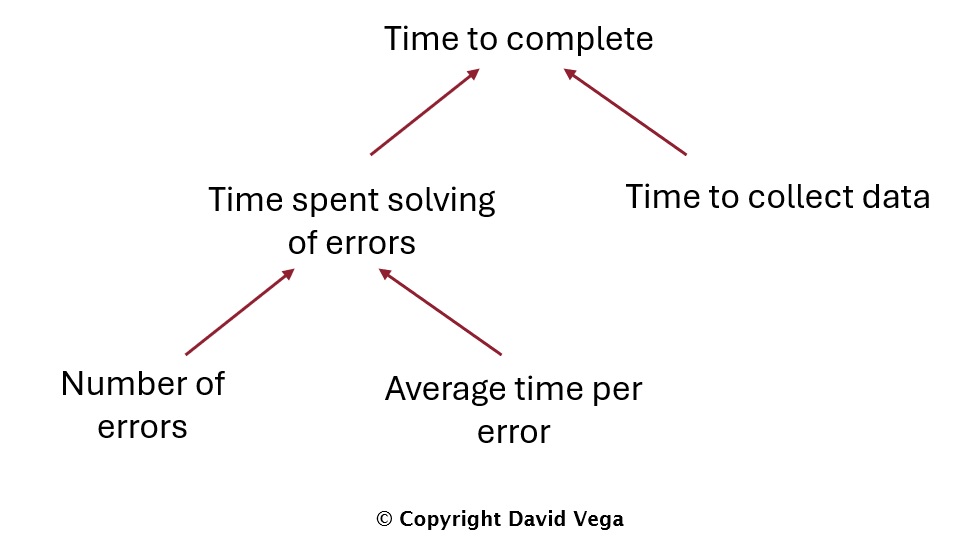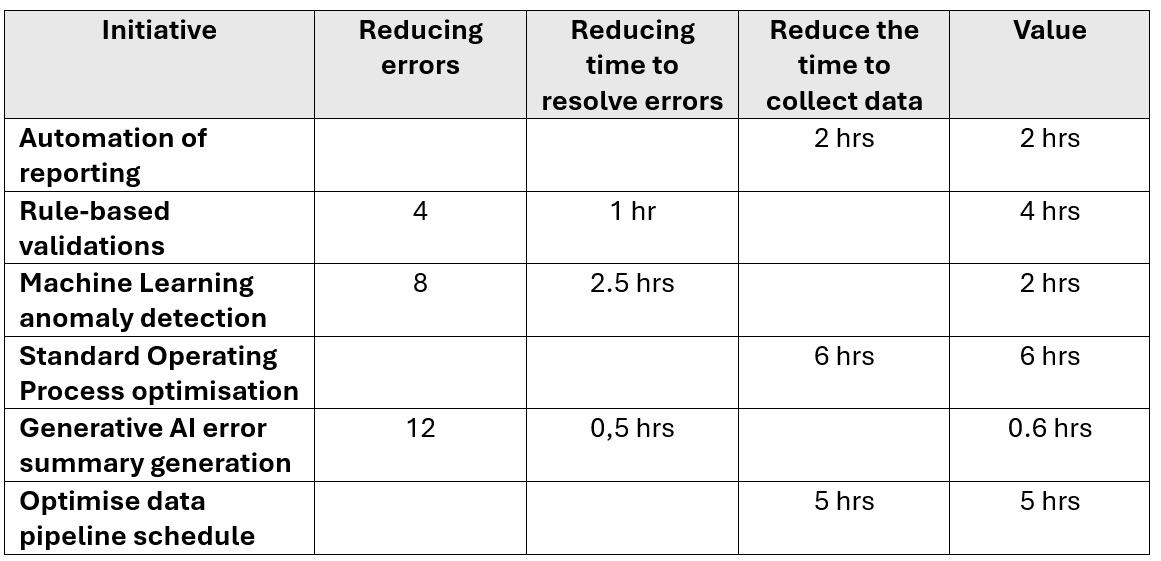In this article, the author outlines the specifics of the Situation, Complication, Question, and Answer (SCQA)...

Introduction
Where should FP&A leaders invest when there are so many improvement opportunities and limited resources? This article provides a prioritisation framework to help FP&A leaders answer this question.
Why Is Investment Prioritisation Needed in FP&A?
Financial Planning and Analysis (FP&A) includes key business processes in any company. However, as the company grows and becomes more complex, its teams may become less efficient and effective. As a result, leaders are often pressured to improve the FP&A function to respond faster to changes, align better with business goals, and focus more on strategy. With limited resources to deliver results – time being one of the most important – FP&A leaders need to be extremely cautious about their internal investments.
When leaders fail to prioritise their investments effectively, an organisation and its employees can face severe consequences:
Never-ending projects
When priorities are unclear, resources can be dispersed too widely across numerous initiatives, resulting in low completion rates. This may hinder the progress of key projects crucial to the FP&A team’s long-term success.
Short-term focus
If teams lack clear priorities, they typically respond to immediate needs rather than strategic objectives. This reactionary mode can lead to a chaotic workplace where activities are plentiful, but little substantial progress is made toward long-term goals.
Talent Exodus
A chaotic or reactive work environment can overburden employees, resulting in burnout and diminished morale. Employees may feel that expectations aren’t clear, which can cause dissatisfaction at work and lead to high turnover rates. When leadership appears directionless, FP&A teams may lose trust in management, further aggravating the problem.
Strategic Stagnation
All the above issues can not only diminish the trust in FP&A teams but also hinder the overall organisation's competitive edge by depriving it of the valuable insights that FP&A teams provide.
Prioritisation Framework
The objective of this prioritisation framework is to help leaders make strategic decisions to ensure the long-term success of their FP&A teams. It is a living framework, which means leaders must revise it periodically to ensure its relevance and factor in any significant changes in the internal and external business environment.

Figure 1: A sample of the initiative prioritisation framework
1. Define the scope
FP&A leaders must define where they want to implement the framework. The scope is usually the leader’s team. However, if they lead multiple teams, they can choose to implement it in some of them.
2. Select a north star
Choose a single metric that best captures the most important value this team wants to improve.
3. Build the value tree
Identify the drivers behind the north star. Each driver can be further broken down into more drivers if needed. Every driver in the value tree must be measurable, as these will become your Key Performance Indicators (KPIs). All drivers within a level may work together to produce the driver above.
4. Evaluate opportunities
Evaluate the value each initiative delivers using the driver KPIs.
5. Measure progress
Continuously review if the initiatives are “moving the needle” and adjust them when needed.
As a result, leaders have the tools to evaluate where to invest and measure progress. It ensures that resources are allocated wisely, focusing on projects that align with core strategic objectives. This alignment helps streamline operations, reduces wasted effort, and accelerates progress toward crucial goals. This structured approach to prioritisation not only empowers teams to act proactively but also improves employee morale by providing clear direction and reducing workplace chaos.
Example
This example illustrates how to apply this framework. However, I simplified this example due to confidentiality.
After eight months of missed reporting deadlines on a critical business initiative, the FP&A leadership decided it was time for a change. They felt their Business Partners’ trust and patience were at a breaking point. They needed to provide a date when this would be fixed and deliver on it. With four ongoing projects promising to solve all problems and five new project pitches, they needed to decide where to invest.
They decided to focus their efforts and be strategic about their investments. To achieve this, they used the prioritisation framework. You can find the steps they followed below:
1. Define the scope
The scope had to be the reporting team in charge of creating a critical business initiative P&L.
2. Select a north star
Time to complete P&L reporting.
3. Build the value tree
After analysing the causes of delays, they came up with a simple tree depicted below:

Figure 2: A value tree with the simple analysis of delays
As a result, they could quantify the value of any initiative by following their value equation using the following formula: number of errors x time to address error + time to collect data.
4. Evaluate initiatives
The team collected data about the errors they’ve faced during the last 12 months. With this data, they evaluated the initiatives they had:

Figure 3: A sample table of value activities
They used the expected value to prioritise their work, focusing on the initiatives that added more value first.
5. Measure progress
The team measured the value the initiatives were delivering bi-weekly, using the KPIs. This allowed them to adjust the plan when needed to achieve their goals.
As a result, the team was able to provide a date when they would be able to deliver on time and have a plan to achieve this. Moreover, by constantly measuring progress, they were able to deprioritise initiatives that weren’t working as expected in favour of ones that were. Finally, they managed to reduce the time to complete reporting as promised.
Conclusion
Becoming a leading FP&A organisation is not an overnight exercise but a long journey. Clear prioritisation makes this journey more efficient and less painful for everyone. With clear priorities, leaders know where to invest, employees know where to focus, and the organisation can work together to achieve its goals. The prioritisation framework presented in this article is one of the tools that can help leaders transform their teams into leading FP&A powerhouses.
Subscribe to
FP&A Trends Digest

We will regularly update you on the latest trends and developments in FP&A. Take the opportunity to have articles written by finance thought leaders delivered directly to your inbox; watch compelling webinars; connect with like-minded professionals; and become a part of our global community.







